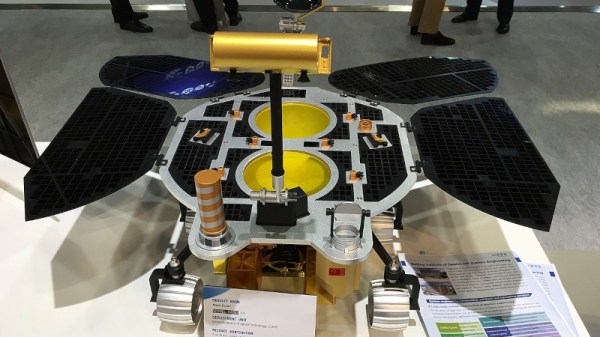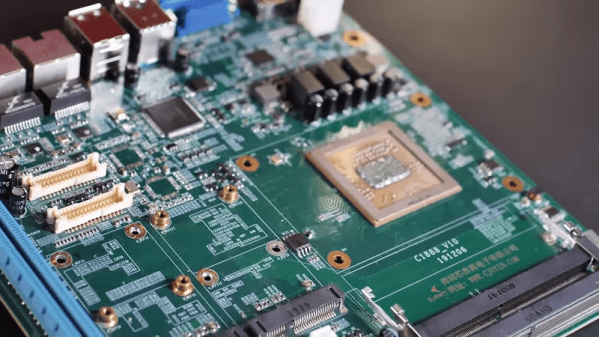In whichever hemisphere you dwell, winter is the time of year when viruses come into their own. Cold weather forces people indoors, crowding them together in buildings and creating a perfect breeding ground for all sorts of viruses. Everything from the common cold to influenza spread quickly during the cold months, spreading misery and debilitation far and wide.
In addition to the usual cocktail of bugs making their annual appearance, this year a new virus appeared. Novel coronavirus 2019, or 2019-nCoV, cropped up first in the city of Wuhan in east-central China. From a family of viruses known to cause everything from the common cold to severe acute respiratory syndrome (SARS) in humans, 2019-nCoV tends toward the more virulent side of the spectrum, causing 600 deaths out of 28,000 infections reported so far, according to official numbers at the time of this writing.
(For scale: the influenzas hit tens of millions of people, resulting in around four million severe illnesses and 500,000 deaths per season, worldwide.)
With China’s unique position in the global economy, 2019-nCoV has the potential to seriously disrupt manufacturing. It may seem crass to worry about something as trivial as this when people are suffering, and of course our hearts go out to the people who are directly affected by this virus and its aftermath. But just like businesses have plans for contingencies such as this, so too should the hacking community know what impact something like 2019-nCoV will have on supply chains that we’ve come to depend on.
Continue reading “Ask Hackaday: What’s Your Coronavirus Supply Chain Exposure?” →

















